Revisiting the 1960s
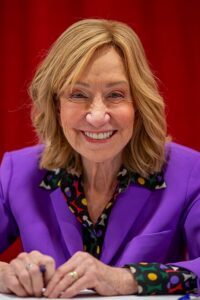
While adjusting to the total replacement of my right knee that was done on December 10, I read a new book by Doris Kearns Goodwin that brought back the excitement of 1960s Presidential Elections. An Unfinished Love Story: a Personal History of the 1960s, is her fascinating account of how she, now 81, and her husband, Richard (Dick) Goodwin, who died at 86 in 2018, spent their last year together pouring through 300 boxes of papers they had accumulated in the 1960s.
As I read, I began to feel a kinship with Doris Kearns Goodwin. Only 14 months older than I am, she graduated from Colby College in Maine two years before I got my BA in History from Rice. In 1968, she attained her PhD in Government from Harvard, the same year Steve got his Masters in Business Administration at Harvard. So, although she is a well-known writer, and I, merely an eager reader of many of her books, she and I surely walked some of the same paths in Cambridge MA and Washington DC close to the same time and shared a strong interest in Presidential elections.
My fascination with Presidential elections began in 1952 when at 8, I listened to the Republican Convention on our family radio. My Weekly Reader had lauded Eisenhower’s accomplishments and my conservative parents were strongly behind him. I became the leader of my neighborhood Ike Club in Phillips, Texas. I thought it very important to urge people to vote for him. Eight years later, in the summer of 1960, when I was 16, I listened to the Democratic Convention (we still didn’t have a television set). Thrilled that Kennedy chose Johnson, a Texan like me, to be his running mate, I became a Democrat! This team was in office when I went off to college at Rice University in Houston.
When Kennedy took office in 1961, Dick Goodwin became his chief speech writer, likely shaping the speech Steve and I heard Kennedy give at Rice on September 12, 1962. Though we hadn’t met yet, Steve and I were there in Rice Stadium with both Kennedy and Johnson, when Kennedy announced that our country would land a man on the moon by the end of the decade. Within the next year, I caught a glimpse of some of the first Astronauts when they visited the Rice campus. See my account of the Moon Landing to learn more about the Rice connection to the Manned Spacecraft Center in Houston, now named for Johnson.
November 22, 1963. How shocked we were to hear the news that Kennedy was shot in Dallas, Texas. He had just been in Houston the day before. Steve and I and many of our friends were preparing to present a musical that Friday night. After announcing its postponement, we gathered around the small television set in the lobby of Jones College to watch scenes that were instantly indelible. Doris Kearns was in her Senior year at Colby College in Maine, watching the same scenes. Dick Goodwin was at the White House in Washington, soon to be busy helping Johnson express reassurance to the country.
I spent the summer of 1964 working in Glacier National Park, far removed from politics, though I remember that Secretary of Interior, Stewart Udall, flew out to check on us after an unusual snowstorm closed the Park that June. Voting age then was 21; I was only 20 and felt left out. LBJ and his running mate, Hubert Humphrey, defeated Goldwater by a landslide that November. Dick Goodwin was there to help them think out the Great Society.
1965 and 1966, our last two years at Rice were peaceful and the national economy seemed to be forging ahead. Steve completed the fourth of his 5-year Electrical Engineering degree from Rice in June 1965 and joined his friend Joe Simmons to work in a plant in Frankfurt, Germany. That was the summer that I stayed with a family in Vöcklabruck, Austria, arranged by the Experiment in International Living. Steve drove to Vöcklabruck from Frankfurt to spend the last weekend of July with me and my Austrian family.
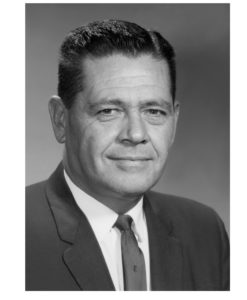
When he returned to Frankfurt, there was bad news. His Uncle Joe had died of a sudden heart attack on Saturday night; his father Wayne died of a sudden heart attack the very next day. Six cousins aged 10 to 21 were left without their fathers, both WW II veterans. All six were determined to achieve their fathers’ dreams. Less than a year later, Steve and I married and moved to Cambridge, Massachusetts, where he attended Harvard Business School and I worked for a publishing firm. Jay, too, graduated from HBS in 1972. We have now lost Steve’s sister, Karen and his cousin Roger, but it has been a great joy to observe all six of them live very productive lives.
The Johnson Presidential Library in Austin, which I visited in 2013 with Marjo and later with Steve, has wonderful displays about all of the new programs LBJ was able to get through Congress: Voting Rights, MediCare (which I especially appreciate in this stage of my life), Education, Public Radio and TV (we listen and watch nearly every day), National Council of the Arts, and more. In scope and sweep, the Great Society was comparable to the 1930s New Deal domestic programs of Franklin D. Roosevelt.
 This new book makes a strong case that Dick Goodwin was one of the major thinkers who conceived the concept and the name of the Great Society. Johnson had the political smarts to get these laws passed. But the Johnson Library displays hundreds of “dog tags” which reminded me how many American soldiers had lost their lives in Vietnam. That war soon eclipsed Johnson’s home front achievements and made his re-election doubtful.
This new book makes a strong case that Dick Goodwin was one of the major thinkers who conceived the concept and the name of the Great Society. Johnson had the political smarts to get these laws passed. But the Johnson Library displays hundreds of “dog tags” which reminded me how many American soldiers had lost their lives in Vietnam. That war soon eclipsed Johnson’s home front achievements and made his re-election doubtful.
Doris arrived in 1967 as a White House Fellow, the year before Steve and I moved to DC.In September 1968, I started working with McKinsey & Company, consultants, whose project to revamp the US Bureau of the Budget had offices at the old Executive Office Building next door to the White House. Once again, Doris and I were working in the same block, only a year and several degrees of influence apart.
On November 30, 1967, Eugene McCarthy announced that he was challenging Lyndon Johnson for the nomination of the Democratic party. Early in 1968, I trod door to door in a nearby part of Boston to build support for him. The next Christmas, my brother Joel gave us the book McCarthy wrote about that year. Was it truly the Year of the People? Joel was doubtful; I was optimistic.
1968 was a tumultuous year. On March 31, 1968 Johnson announced that he would not seek another term. On April 4, Martin Luther King, Jr. was murdered in Memphis, Tennessee. Riots broke out in many cities; the worst was in Washington DC. Steve and I traveled from Cambridge, Massachusetts to DC just two weeks later to seek a place to live after his graduation from Harvard Business School in June. Friends guided us to a safer place in Arlington, but within months, we had a chance to live in Georgetown, part of DC.
We didn’t attend Steve’s Harvard graduation; protestors had taken over Harvard Yard. Robert Kennedy was assassinated in San Francisco. What a horrific year! Two bright spots were visiting my Mom and Dad on the Lewisville farm and seeing cousin Jay Collins and Maxann get married in Odessa, Texas on June 6, 1968.
Steve had a draft-deferred job in the office of the Controller of the Pentagon; I worked in the old Executive Office Building and spent some weekends observing protest marches in DC. I remember that in December 1968, we were invited to witness President Johnson welcome the Shah of Iran on the South Lawn of the White House. This picture shows us in the backyard of the house we rented in Georgetown. On January 20, 1969, we watched the Inaugural Parade for Nixon from McKinsey’s offices at 1700 Pennsylvania Avenue NW. Within a couple of years, Steve would be working in the White House himself, but not for long. How would we get through the 70s? Stay tuned.
My interest in Presidents from age 8 on, has carried over to visiting Presidential Libraries with my dear friend, Marjo: FDR’s in Hyde Park NY, JFK’s in Boston, Clinton’s in Little Rock AR, Gerald Ford’s in Grand Rapids MI, George H.W. Bush’s in College Station TX, George W. Bush’s in Dallas, and LBJs in Austin TX. The last one is my all-time favorite and I look forward to seeing it anew the next time we visit Shelby’s family in Austin.
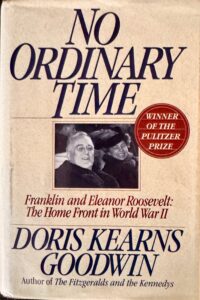 Doris Kearns Goodwin won the 1995 Pulitzer Prize for History for No Ordinary Time: Franklin and Eleanor Roosevelt: The Home Front During World War II. I bought this book when it first came out and used it to feed my interest in history, while I concentrated on getting my Masters in Music at Catholic University in 1996. Glad to find it in my library today. It’ll be fun to read it again.
Doris Kearns Goodwin won the 1995 Pulitzer Prize for History for No Ordinary Time: Franklin and Eleanor Roosevelt: The Home Front During World War II. I bought this book when it first came out and used it to feed my interest in history, while I concentrated on getting my Masters in Music at Catholic University in 1996. Glad to find it in my library today. It’ll be fun to read it again.
Decorating this year’s Christmas Tree, I found a treasure trove of White House Christmas ornaments I began collecting years ago. Here are three from 1987, 1998 and 2008. Ah, politics can produce beauty!
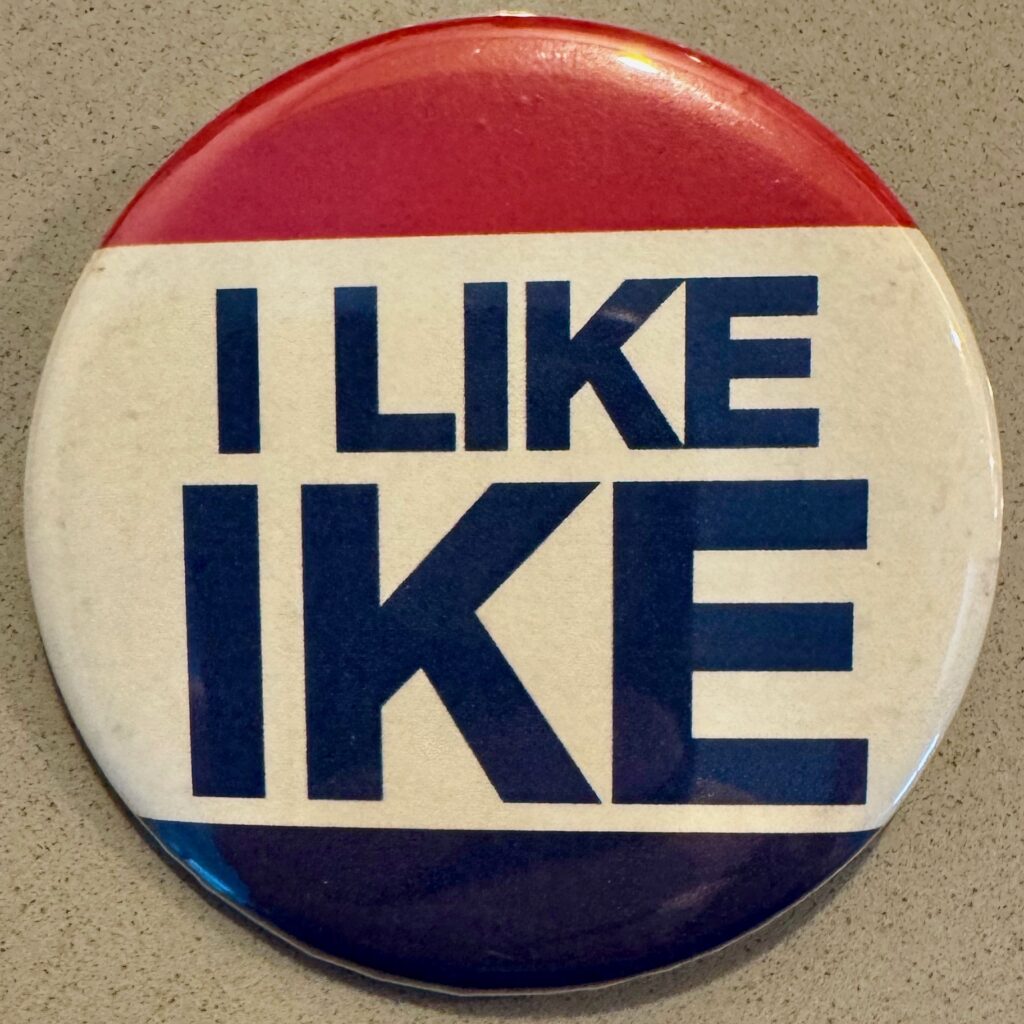
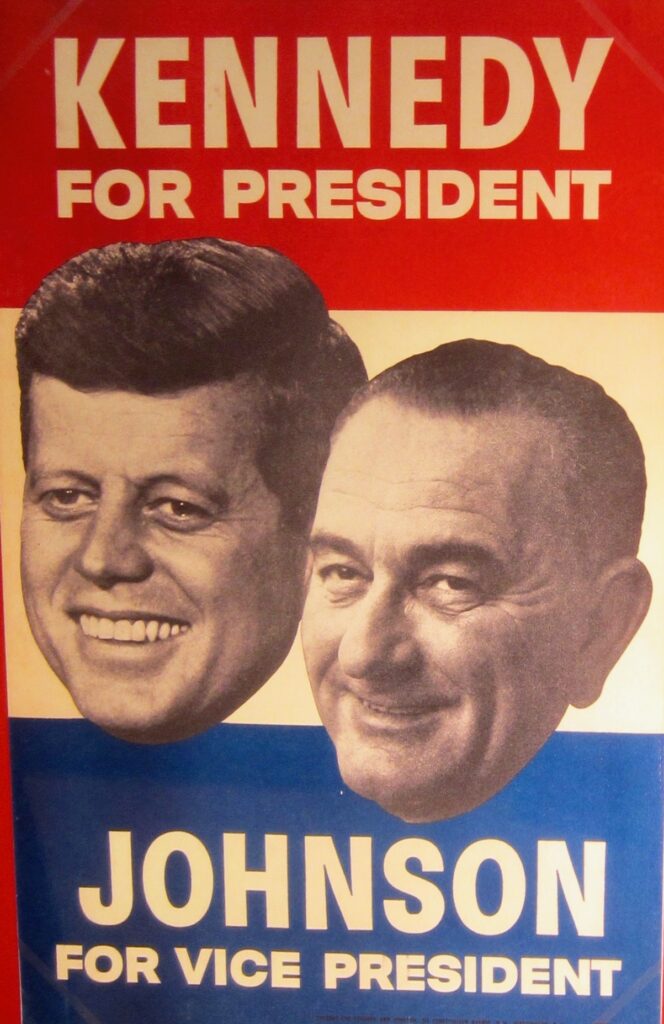
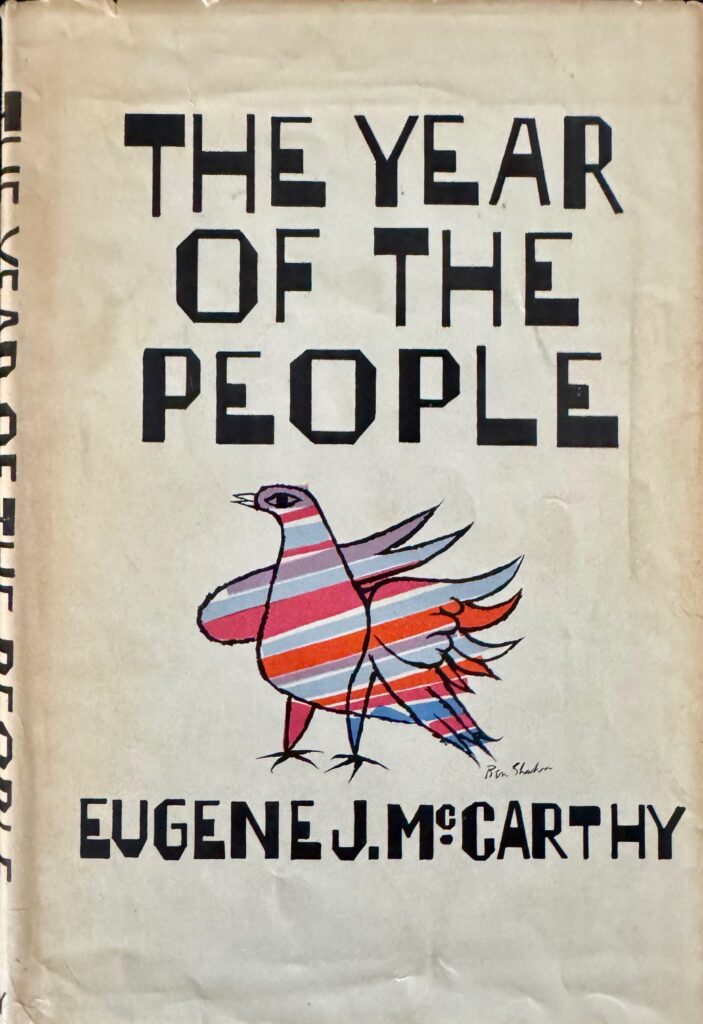
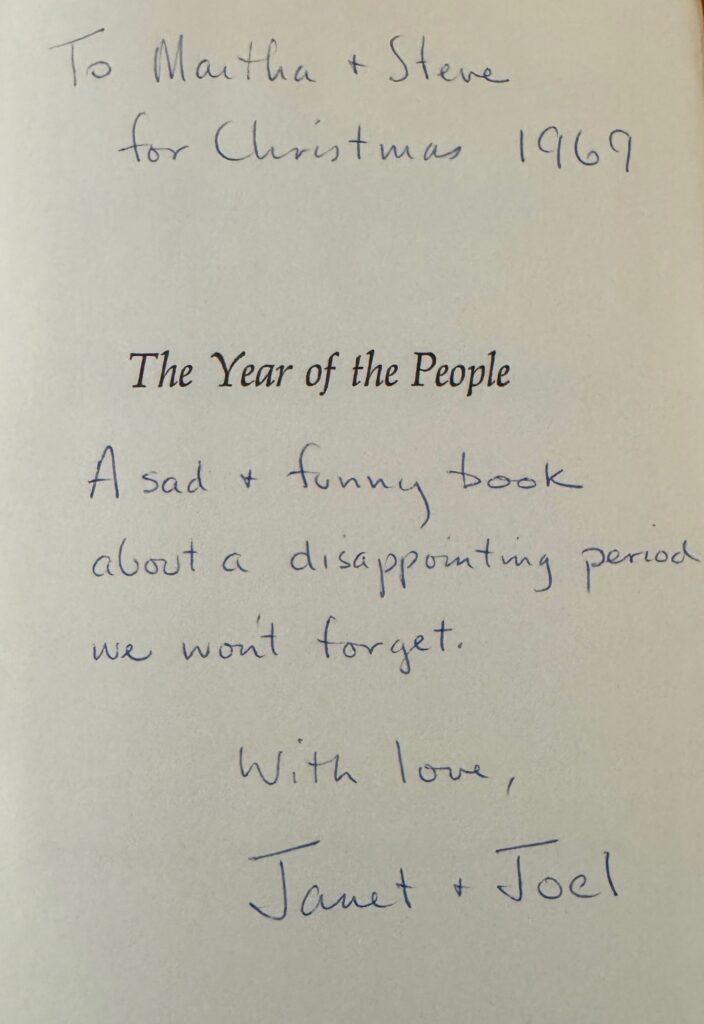

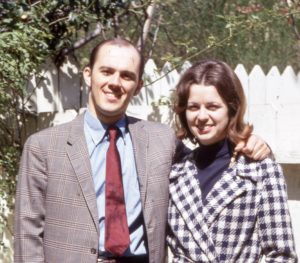
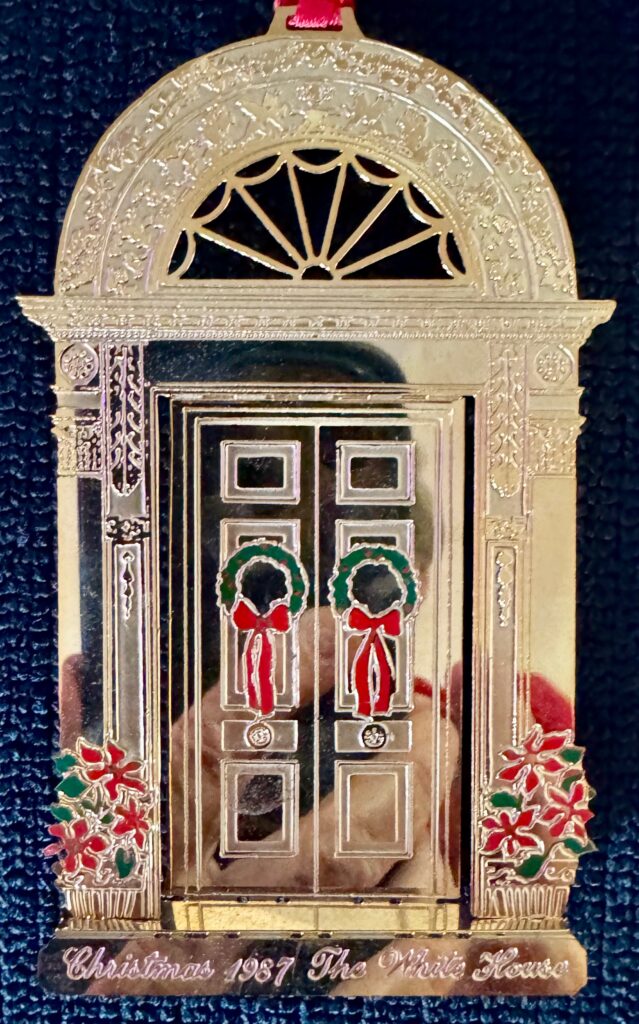
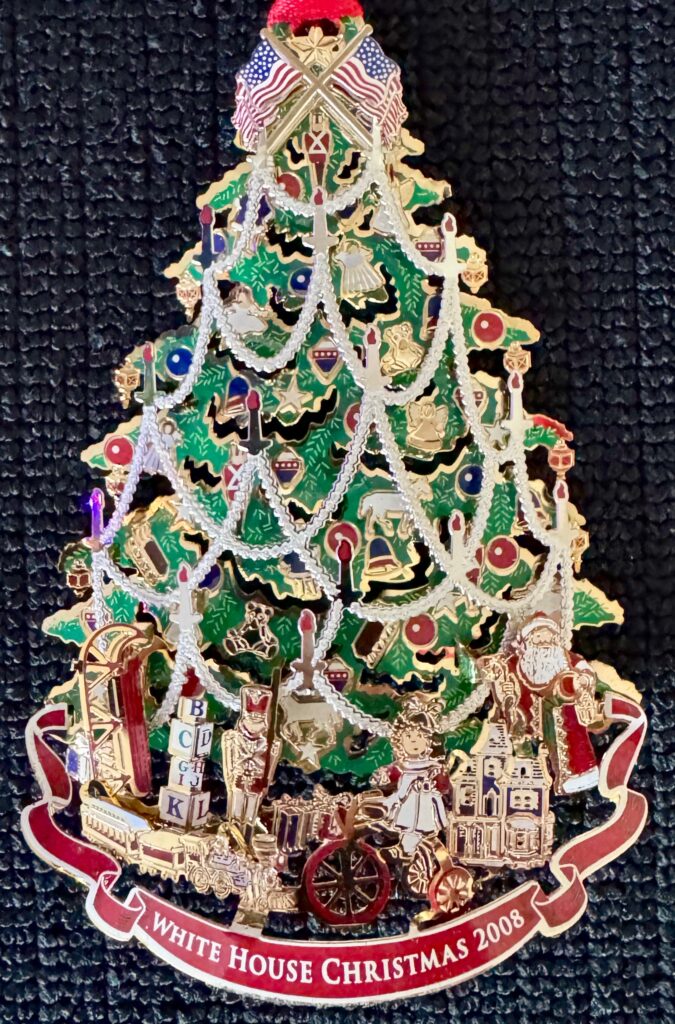
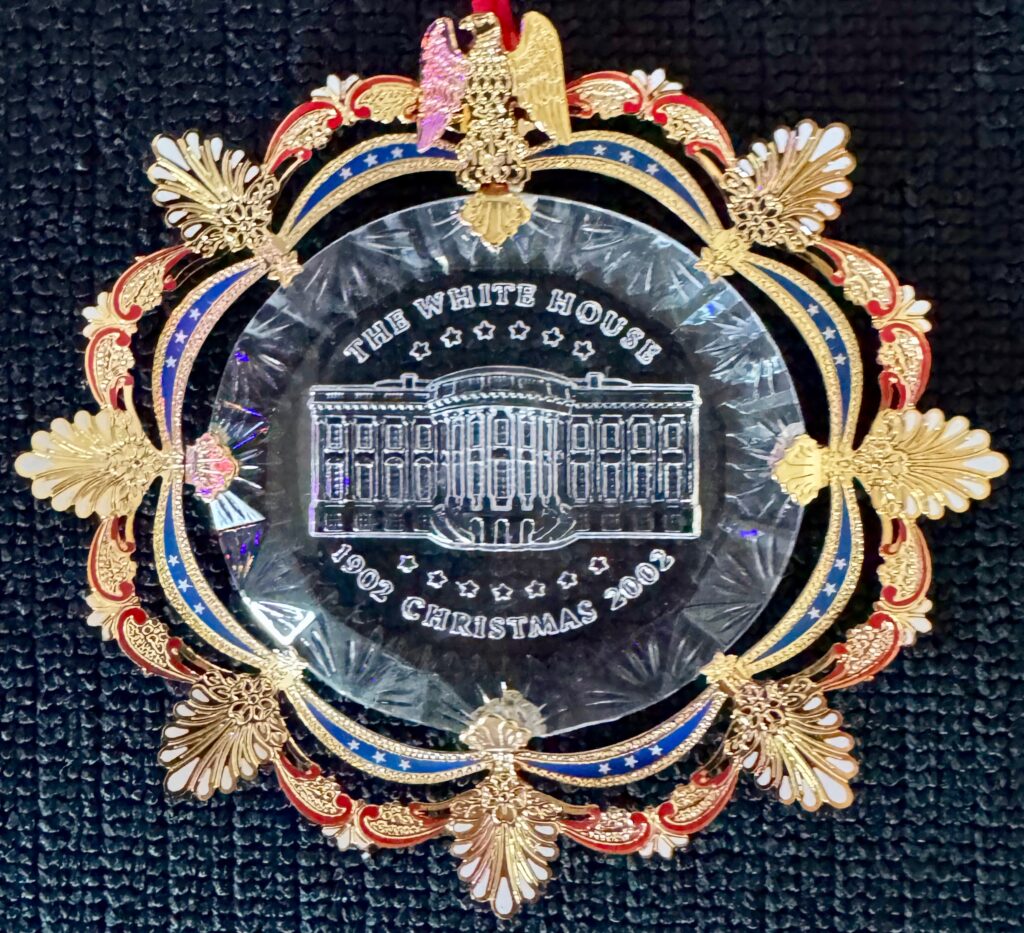
Leave a Reply